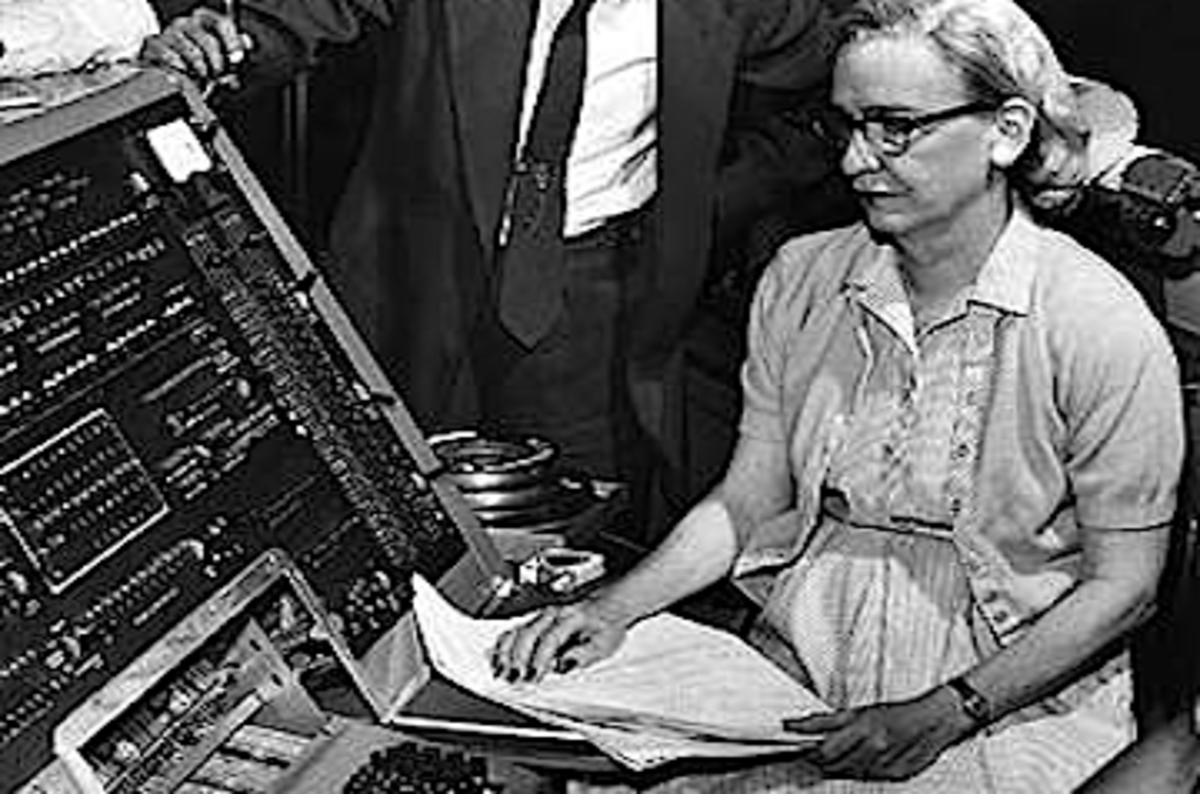If your image of a programmer is a man, there's a good reason: It's true. Recently, many big tech companies revealed how many female empoyees worked in programing and technical jobs, and it wasn't great. Google had some of the highest rates, with only 17 percent of its technical staff identifying as female.
It wasn't always ths way! Decades ago, it was women who pioneered computer programming- but too often, that's a part of history that even the smartest people don't know.
At the age of 17, she developed plans for a machine that she beleived would be able to do complex mathmatical calculations. When she published her ideas, Lovelace expressed a vision for her machine that, " can do anything that can be noted logically, like words, pictures and music, not just numbers." Although her "machine" was nevr built, Lovelace's notes were read by pepe building the first computer a century later.
Need to know more about her contributions to modern computing? Check out her Wiki page

Born o February 10, 1883 in Maryland a woman named Edith Clarke was the first the first woman to earn an electrical engineering degree from Massachusettts Institute of Technology. Later she became the first female professor of electrical engineering at the University of Texas in Austin. Because she was a feemale she was not able to find actual wwork as an rngineer but through determination and perseverence she eventually became an electrical engineer in the Central Station Engineering Department of General Electric and slowly became successfull there.
Her hard work and dedication led her to invent the Clarke calculator which she got a patent in 1925. It is a speedy device that helps people do simple math fast. It now sloves any equation and does it ten times faster than a normal method of solving the equations.
Check more out here!

Grace hopper is most known for being a computer scientist who help create the first all-electronic digital computer, named UNIVAC which stands for Universal Automatic Computer. Her software was used by NASA to track the Apollo Moon missions.
She was known as Amazing Grace because she helped make coding languages more practical and eaiser to access.
More info about the First lady of Software here!
